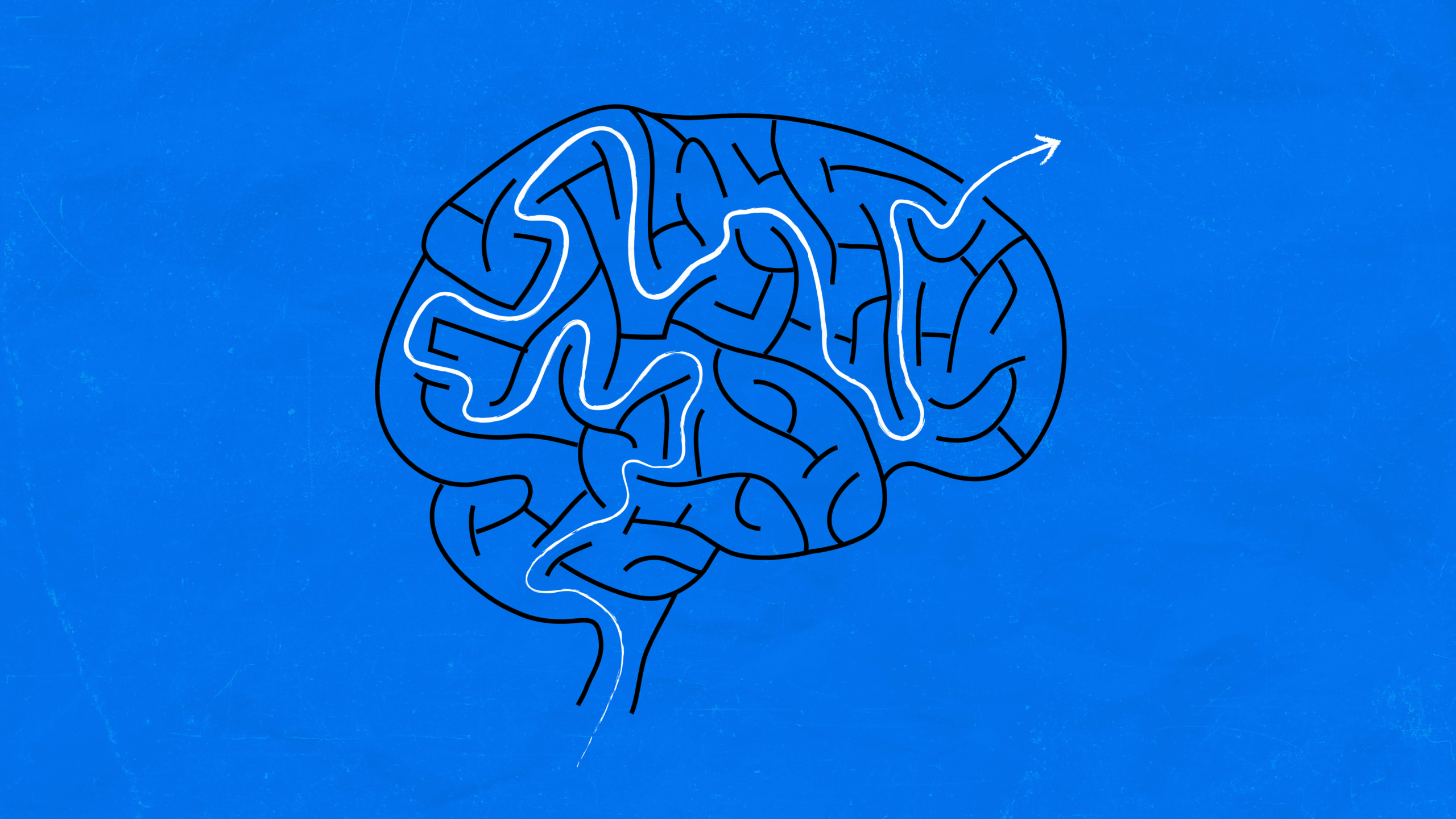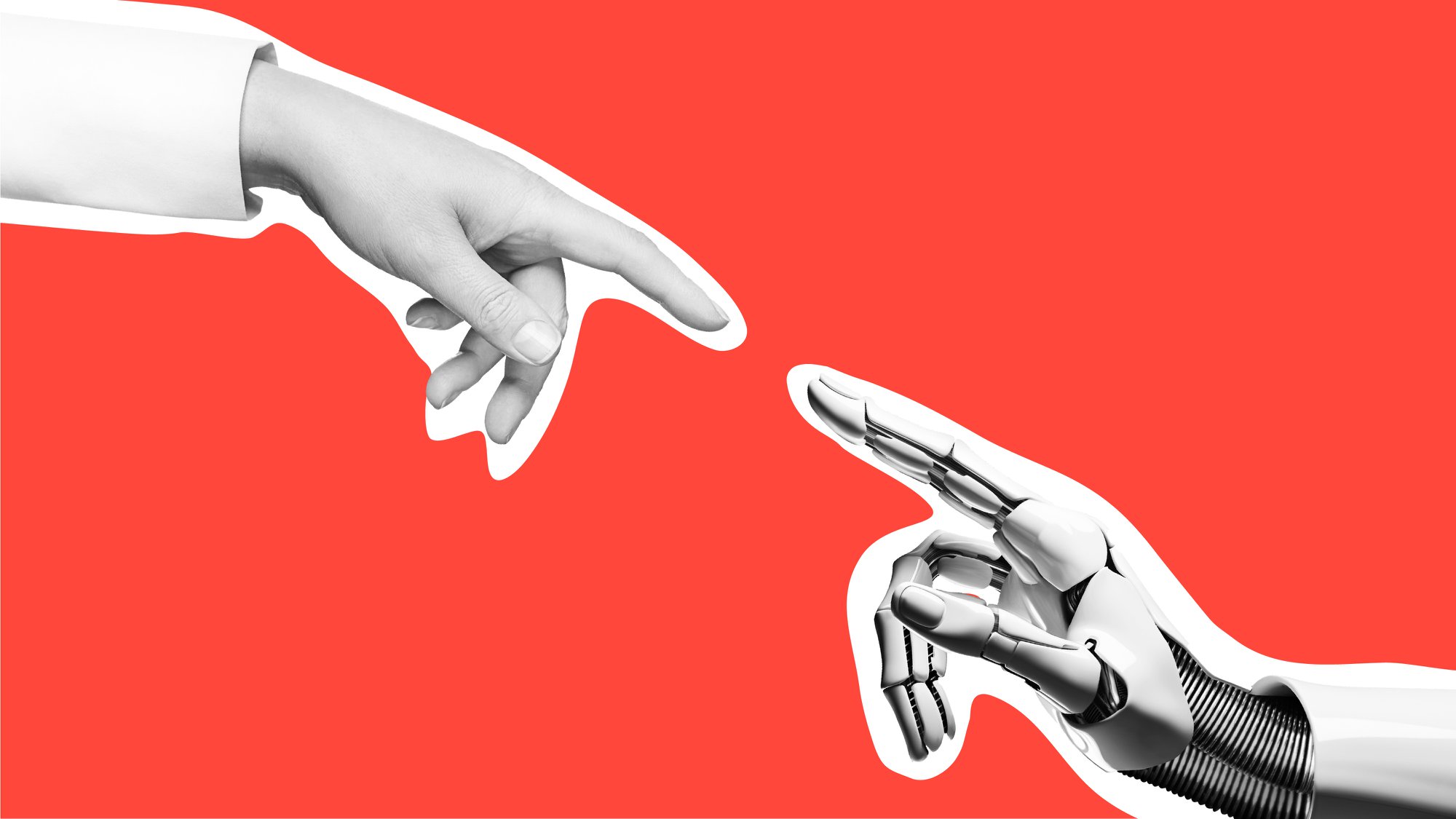Employee Engagement- Leaders, Save Yourselves a Trillion Dollars

Employee engagement and recognition programmes have been linked to brand performance for many years, and it’s estimated that $1 trillion* is spent on recognition programmes every year in the US alone.
On average, a business in the UK spends from £30 – £150 per head when it comes to recognition. In the EU that can rise to €185-€325 per head.
But do you need to do that?
Back in 2012 we were approached by British Gas to create a simple recognition programme for employees. At that time, the business was paying a nominal amount per head to say well done to employees and recognise their efforts. But the existing programme was used in patches by managers and in some cases unknown by employees.
Our challenge was to up its usage, to encourage the behaviours that would benefit the business, and make sure it had a positive effect on the culture.

We did that and reduced the existing commitment to monetary reward, bringing the cash involved down to a simple £5 voucher. Compared to 2011, the average number of instant thank yous increased by 749%. Monthly award nominations increased by 170%.
How was it that recognition went up when monetary rewards had gone down?
Get people giving.
This ‘Simply Thank You’ mechanism tapped into a fundamental human truth: that giving is far more powerful than the receiving.
You see, the secret to appreciation lies not in the receiving, but in the giving. And, too many programmes start with an exploration of what employees want when it comes to recognising great behaviour and achievements. Is it money? Is it time off? Or is it access to a rewards catalogue?
But the secret to recognition lies in letting people enjoy the act of giving.
We all know this to be true. Think of those times when you give a present to a friend of family member. You watch them unwrap the gift. You’re excited. Maybe more excited than them. Your body releases endorphins as well as serotonin, dopamine, and oxytocin, when you see the look on their face as they see the gift. Behavioural scientists call this ‘The Warm Glow’ effect, and it promotes cooperation and social cohesion and can even lead to improved cognitive performance and increased brain activity.
Now think of you as the recipient. Sometimes you are also excited by the act of receiving the gift or by the gift itself. But sometimes you’re embarrassed. Sometimes you have to hide your feelings. It’s all feels a little more awkward than giving. After all, a material reward of gift is involved.
But when someone says “thank you” or gives you a smile, you’re rarely threatened or left with feelings of disappointment.
This is because as humans we want nothing more than to feel welcomed, cared for and appreciated – especially at work. These three things drive psychological safety; and feelings of increased self-esteem that leads to improved performance and a willingness to share thinking and ideas.
Let me translate that insight into three things that any leader can say to their team members each and every day to encourage a culture of recognition:
- ‘Hello there.’
- ‘How is everything going at the moment? Anything we can help with?’
- ‘By the way, well done for…’
It can’t be that simple? It is.
Okay, I’m not going to say that I don’t like the odd monetary reward; the odd bottle of something or surprise gift, but this should not be the foundation for your appreciation strategy.
For employee engagement and recognition programmes to be meaningful and truthful, the foundation should be human.
In 2018, Southwest Airlines approached us to help them reinforce their hospitality strategy. They wanted to know what constituted great service in the air and on the ground.
We interviewed a host of their co-hearts (employees) and were able to pin down for types of behaviour required for great hospitality to thrive: protectors; planners; go-getters, and team players. All teams needed this balance to deliver great hospitality.
We created a psychometric quiz for co-hearts to complete. We challenged them to find out what type of ‘Hospitality Hero’ they were. Tapping into a basic human behaviour, i.e. everyone is endlessly fascinated in themselves, over 40,000 employees completed the quiz to find out where their unique strengths lay.
But we also asked some other questions. We wanted to know whether people preferred to be welcomed, cared for, or appreciated. Was it important to them that their manager checked on their welfare? Was it more important that they were encouraged and nurtured to perform at their best?
This data enabled us to play back to managers the make-up of their teams.
That’s vital information.
Knowing how a team skews, if at all, can make an immeasurable difference when it comes to how a leader interacts with them, or how a business recruits for a manager for a given team.

Final Thoughts
If businesses shift focus from transactional rewards to meaningful appreciation, we can foster environments where our employees feel valued, motivated, and empowered to do their best work.
So, when you think about employee engagement and recognition in your organisation, start with the simplest yet most powerful tool at your disposal: genuine human appreciation.
I’ll end with two quotes. The first from Randy Pausch, a professor of computer science, human–computer interaction, and design at Carnegie Mellon University. The second from novelist Gertrude Stein.
“Showing gratitude is one of the simplest yet most powerful things humans can do for each other.”
“Silent gratitude isn’t much use to anyone.”





